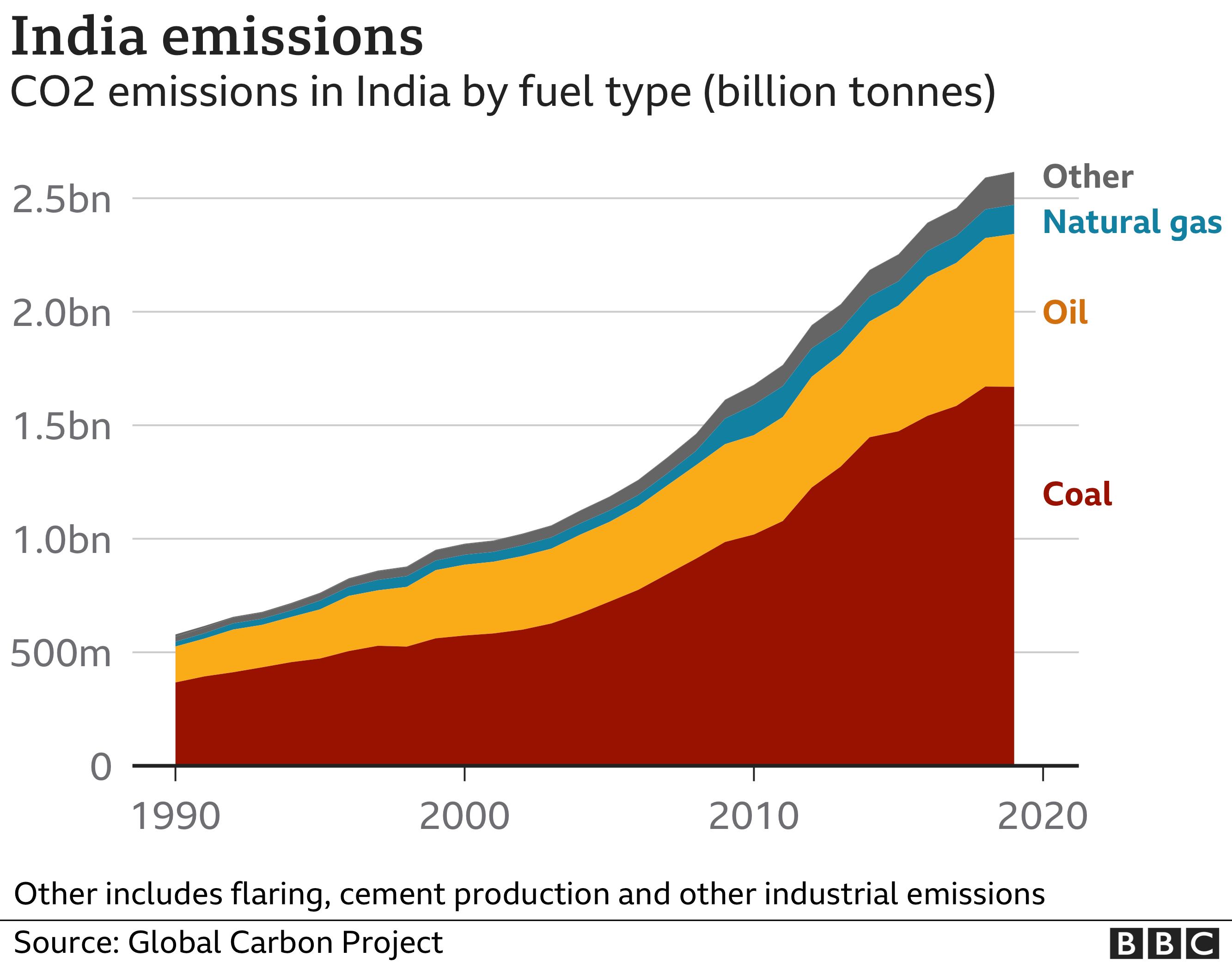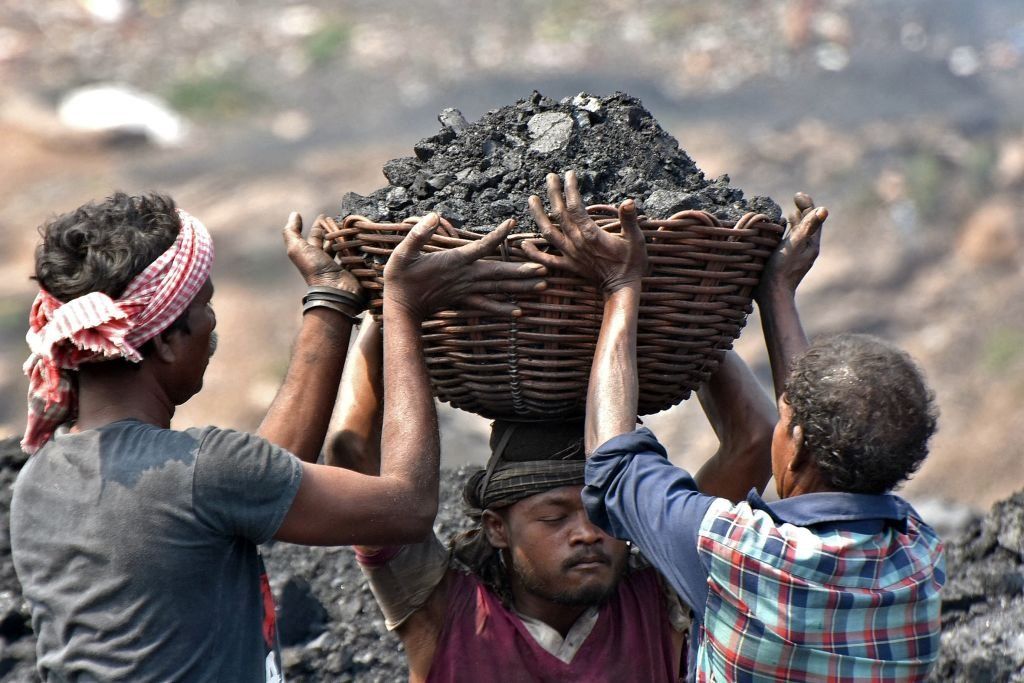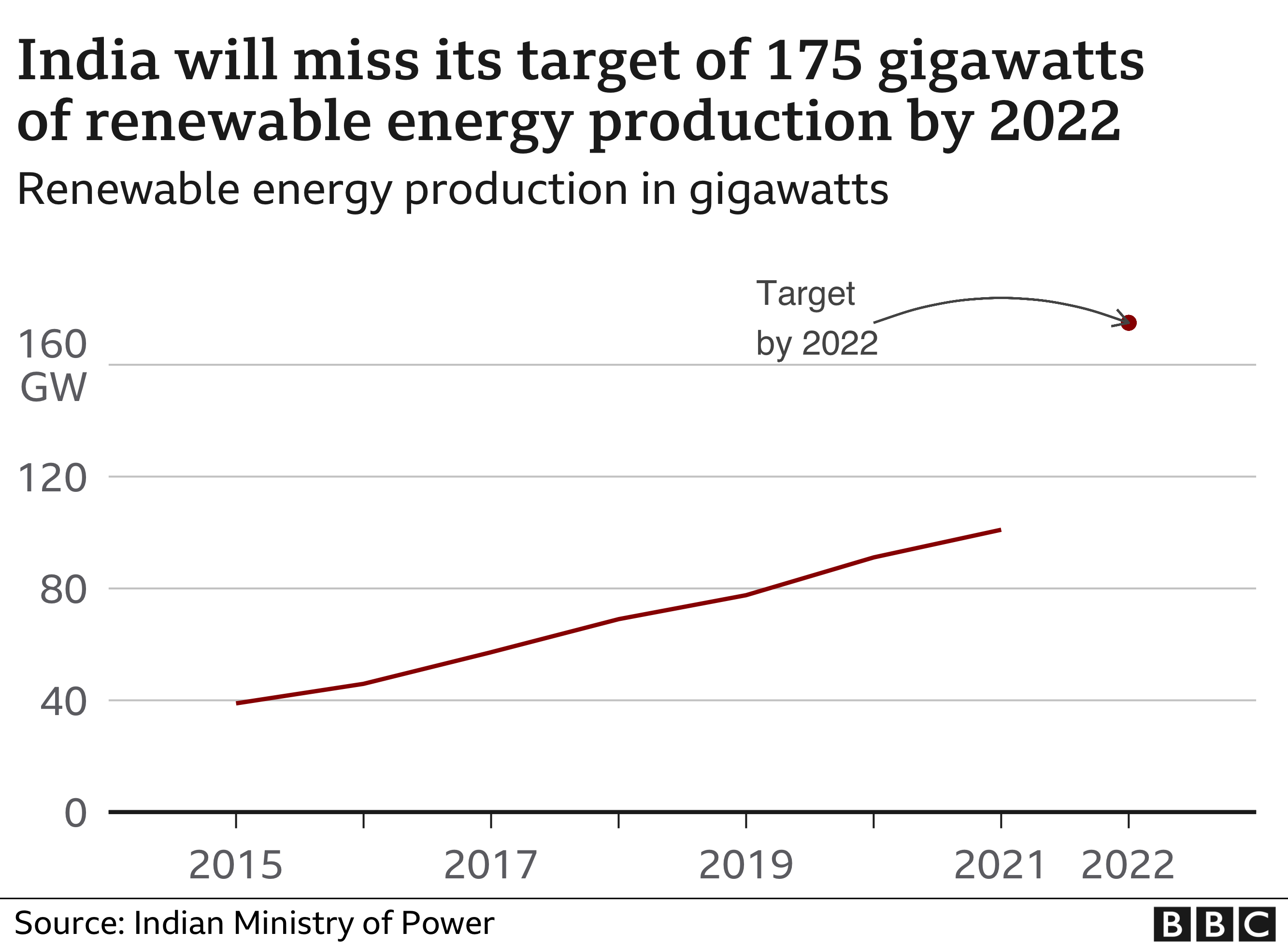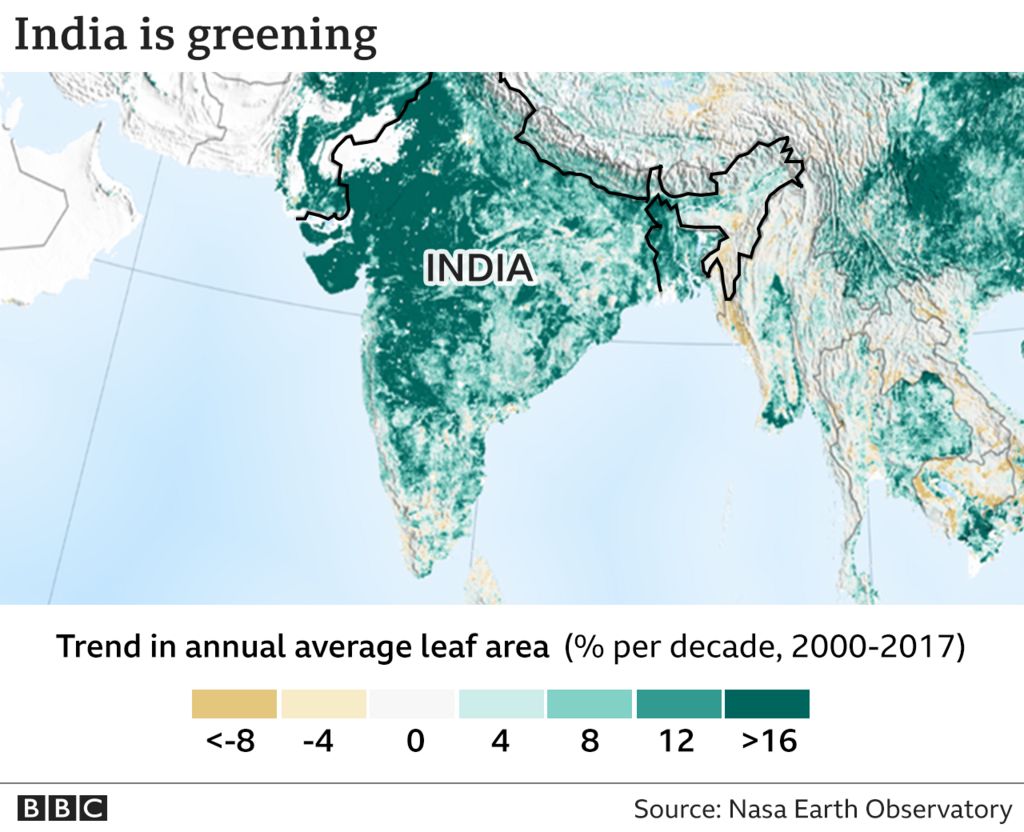This is a collection of hybrid doc-series and stories covering sustainable lifestyle trends around Africa, Angola
This is a collection of hybrid doc-series and stories covering sustainable lifestyle trends around Africa, Angola
An Israeli minister has said she could not attend the COP26 summit on Monday because it was not wheelchair accessible.

An Israeli minister has said she could not attend the COP26 summit on Monday because it was not wheelchair accessible.
Karine Elharrar tweeted that it was “sad” the UN “does not provide accessibility to its events”.
An official in Israeli Prime Minister Naftali Bennett’s delegation said they had formally complained to organisers.
Mr Bennett said he would not attend on Tuesday if Ms Elharrar could not access the summit, the official added.
UK ambassador to Israel Neil Wigan tweeted that he had apologised “deeply and sincerely” to the minister.
“We want a COP Summit that is welcoming and inclusive to everyone,” he wrote.
Ms Elharrar reportedly told Israel’s Channel 12 that she could not get onto the grounds of the conference because the only options were to either walk or take a shuttle that was not suitable for a wheelchair.
Her office told the Times of Israel she waited outside the venue in Glasgow for two hours, and she was eventually forced to return to her hotel in the Scottish capital Edinburgh 80km (50 miles) away.
James Cleverly, a UK foreign office minister, said he was “deeply disappointed and frustrated” Ms Elharrar could not access the summit.
“The COP venue is designed to be accessible for all. I have spoken to the Minister about this and I look forward to meeting her tomorrow,” he tweeted.
An official in the Israeli PM’s delegation said Mr Bennett had told UK Prime Minister Boris Johnson about the incident, and Mr Johnson had invited Ms Elharrar to join a meeting between the two prime ministers on Tuesday.
…………………………………………………………
India’s Prime Narendra Modi has set his country a target of net zero greenhouse gas emissions by 2070, a significantly later deadline than many other countries attending the Glasgow climate summit.

India is the world’s third largest emitter of carbon dioxide (CO2), after China and the United States.
With its rapidly growing population and an economy heavily dependent on coal and oil, its emissions are set on a steep upward trajectory unless radical action is taken to curb them.
India has resisted setting a target for an overall reduction, saying industrialised nations should bear a much greater share of the burden as they have contributed far more to emissions over time.
It says an “emissions-intensity” target, which reflects a country’s economic growth, is a fairer way to compare it with other countries, it says.
By 2030 India will reduce the carbon intensity of its economy by 45%, says Mr Modi – a more ambitious target than the previous goal of a of a 33-35% cut in its emissions intensity from the 2005 level by 2030..
However, a fall in carbon intensity does not necessarily mean a reduction in overall emissions.
And India’s relatively rapid economic growth in recent years has been driven by its reliance on fossil fuels – accounting for most of the country’s greenhouse-gas emissions.

The Inter-governmental Panel on Climate Change (IPCC) says a target of global net zero – where a country is not adding to the overall amount of greenhouse gases in the atmosphere – by 2050 is the minimum needed to keep the temperature rise to 1.5C.
And more than 130 countries have publicly promised to meet this.
 IMAGE SOURCE,GETTY IMAGES
IMAGE SOURCE,GETTY IMAGESIndia’s prime minister has pledged that it will increase its non-fossil fuel energy capacity to 500 gigawatts (GW) by 2030.
This is an ambitious target given that it currently has a capacity of around 100GW and had previously set itself a target of 175GW by next year.

Also in 2015, India promised to provide 40% of all electric power from non-fossil fuel sources by 2030. Mr Modi has now increased this figure to a significantly more ambitious 50%.
According to the International Energy Agency (IEA), in 2019 this figure stood at 23%.
Cindy Baxter, of CAT, says developing countries such as India, need international support to decarbonise their economies and limit the temperature increase to 1.5C in line with the Paris Agreement.
“India has no plan to decarbonise,” Ms Baxter said.
“Nor does it have a conditional target that identifies where it needs support or indeed how much support it needs.”
India has highlighted many times it wants to bring a third of its land area under forest cover.
But it has not given a timescale for this – and progress has been patchy.
Although there have been replanting initiatives in the southern parts of India, the north-eastern region has lost forest cover recently.
The expansion of green cover acts a carbon sink.
And India plans to plant enough trees by 2030 to absorb an additional 2.5-3 billion tonnes of CO2 from the atmosphere.

Global Forest Watch – a collaboration between the University of Maryland, Google, the United States Geological Survey and National Aeronautics and Space Administration (Nasa) – estimates India lost 18% of its primary forests and 5% of its tree cover between 2001 and 2020.
But the Indian government’s own survey data indicates a 5.2% increase in forest cover between 2001 and 2019.
This is because the GFW report includes only vegetation taller than 5m (16ft), whereas India’s official calculation is based on tree density over a given area of land.
Additional research by David Brown

The Cop26 global summit, in Glasgow, in November, is seen as crucial if climate change is to be brought under control. Almost 200 countries are being asked for their plans to cut emissions – and it could lead to major changes to everyday lives.
…………………………………………………………

Brazil – where stretches of the Amazon rainforest have been cut down – will be among the signatories on Tuesday.
The pledge includes almost £14bn ($19.2bn) of public and private funds.
Experts welcomed the move, but warned a previous deal in 2014 had “failed to slow deforestation at all” and commitments needed to be delivered on.
Felling trees contributes to climate change because it depletes forests that absorb vast amounts of the warming gas CO2.
UK Prime Minister Boris Johnson, who is hosting the global meeting in Glasgow, will call Tuesday’s deal a “landmark agreement to protect and restore the Earth’s forests”.
“These great teeming ecosystems – these cathedrals of nature – are the lungs of our planet,” he will say at a COP26 event later where world leaders are meeting to discuss forests and land use.
The two-week summit in Glasgow is seen as crucial if climate change is to be brought under control.
The countries who say they will sign the pledge – including Canada, Brazil, Russia, China, Indonesia and the Democratic Republic of the Congo, the US and the UK (the full list is here) – cover around 85% of the world’s forests.
Some of the funding will go to developing countries to restore damaged land, tackle wildfires and support indigenous communities.
Governments of 28 countries will also commit to remove deforestation from the global trade of food and other agricultural products such as palm oil, soya and cocoa.
These industries drive forest loss by cutting down trees to make space for animals to graze or crops to grow.
More than 30 of the world’s biggest financial companies – including Aviva, Schroders and Axa – will also commit to end investment in activities linked to deforestation.
And a £1.1bn fund will be established to protect the world’s second largest tropical rainforest – in the Congo Basin.
Prof Simon Lewis, an expert on climate and forests at University College London, said: “It is good news to have a political commitment to end deforestation from so many countries, and significant funding to move forward on that journey.”
But he told the BBC the world “has been here before” with a declaration in 2014 in New York “which failed to slow deforestation at all”.
He added that this new deal did not tackle growing demand for products such as meat grown on rainforest land – which would require high levels of meat consumption in countries like the US and UK to be addressed.
The countries who say they will sign the pledge – including Canada, Brazil, Russia, China, Indonesia and the Democratic Republic of the Congo, the US and the UK (the full list is here) – cover around 85% of the world’s forests.
Some of the funding will go to developing countries to restore damaged land, tackle wildfires and support indigenous communities.
Governments of 28 countries will also commit to remove deforestation from the global trade of food and other agricultural products such as palm oil, soya and cocoa.
These industries drive forest loss by cutting down trees to make space for animals to graze or crops to grow.
More than 30 of the world’s biggest financial companies – including Aviva, Schroders and Axa – will also commit to end investment in activities linked to deforestation.
And a £1.1bn fund will be established to protect the world’s second largest tropical rainforest – in the Congo Basin.
Prof Simon Lewis, an expert on climate and forests at University College London, said: “It is good news to have a political commitment to end deforestation from so many countries, and significant funding to move forward on that journey.”
But he told the BBC the world “has been here before” with a declaration in 2014 in New York “which failed to slow deforestation at all”.
He added that this new deal did not tackle growing demand for products such as meat grown on rainforest land – which would require high levels of meat consumption in countries like the US and UK to be addressed.
…………………………………………………………
About 3.5 million voters had cast their ballots by noon local time (10:00 GMT) in South Africa’s local government elections, the Independent Electoral Commission has said.

Just over 26 million people had registered to vote in an election that will decide who controls cities and towns across South Africa – including Johannesburg, Pretoria and Nelson Mandela Bay.
Some glitches have already been reported, with 19 polling stations in Eastern Cape province and 20 others in KwaZulu Natal failing to open on time because of community protests.
An electoral commission presiding officer has also been arrested in KwaZulu-Natal for allegedly stuffing marked ballot papers at a polling station.
Polls are due to close at 21:00 local time.
…………………………………………………………
JIAOZUO, China (AP) — Wang Yuetang’s sneakers sink into the mud of what was once his thriving corn and peanut farm as he surveys the damage done by an unstable climate.

Three months after torrential rains flooded much of central China’s Henan province, stretches of the country’s flat agricultural heartland are still submerged in several inches of water. It’s one of the many calamities around the world that are giving urgency to the U.N. climate summit underway in Glasgow, Scotland.
”There is nothing this year. It’s all gone,” Wang said. “Farmers on the lowland basically have no harvest, nothing.” He lost his summer crop to floods, and in late October the ground was still too wet to plant the next season’s crop, winter wheat.
On other nearby farms, shriveled beanstalks and rotted cabbage heads bob in the dank water, buzzing with flies. Some of the corn ears can be salvaged, but because the husks are moldy, they can be sold only as animal feed, bringing lower prices.
The flooding disaster is the worst that farmers in Henan like Wang can remember in 40 years — but it is also a preview of the kind of extreme conditions the country is likely to face as the planet warms and the weather patterns growers depend upon are increasingly destabilized.
“As the atmosphere warms up, air can hold more moisture, so when storms occur, they can rain out more extreme precipitation,” said Richard Seager, a climate scientist at Columbia University. “Chances are extremely likely that human-induced climate change caused the extreme flooding you saw this summer in places like China and Europe.”
China, the most populous country in the world, with 1.4 billion people, is now the planet’s largest contributor to climate change, responsible for around 28% of carbon dioxide emissions that warm the Earth, though the United States is the biggest polluter historically.
As world leaders take part this week in the climate summit, China is being criticized for not setting a more ambitious timeline for phasing out fossil fuels.
President Xi Jinping, who has not left China since the start of the COVID-19 pandemic and will not be attending the summit but sent a veteran negotiator, has said the country’s carbon emissions will level off before 2030. Critics say that’s not soon enough.
Chinese government projections paint a worrying vision of the future: rising sea levels threatening major coastal cities, including Shanghai, Guangzhou and Hong Kong, and melting glaciers and permafrost imperiling western China’s water supply and grand infrastructure projects such as the railroads across the Tibetan plateau.
Top government scientists also predict an increase in droughts, heat waves and extreme rainfall across China that could threaten harvests and endanger reservoirs and dams, including Three Gorges Dam.
Meanwhile, China’s people are already suffering the brunt of climate change. And in a common pattern around the world, those who have contributed least to the warming and have the fewest resources to adapt often feel the pain most acutely.
In late July, Chinese news broadcasts carried startling footage of torrential rains swamping Henan’s provincial capital, Zhengzhou — at one point, 8 inches (20 centimeters) fell in a single hour — with cars swept away, subways flooded and people struggling through waist-deep water. More than 300 people died as the megacity turned into an accidental Venice, its highways transformed into muddy canals.
Even after the most dramatic storms ceased, the water continued to pool in much of the surrounding countryside, a flat and fertile region.
Here the economy depends on corn, wheat and vegetables, and other regions of China depend on Henan for food. The local government reported that nearly 3 million acres (1.2 million hectares) of farmland were flooded — an area about the size of Connecticut — with damage totaling $18 billion.
“All I could do at the time was to watch the heavens cry, cry and cry every day,” said Wang, the peanut farmer.
A limited number of rudimentary pumps were shared among farmers in Henan. Soft plastic tubes were stretched across fields to drain water, but they periodically burst, sending farmers running to patch holes.
A 58-year-old farmer who gave only her last name, Song, said everything she owned was submerged by the floods — her home, furniture, fields, farming equipment.
“Nothing was harvested. This year, the common people have been suffering all year long,” she said. “Ordinary people suffer most.”
“We have been working so hard, breaking our backs … without even a penny back, my heart aches,” said Hou Beibei, a farmer whose simple vegetable greenhouses — plastic tarps covering plots of eggplant, garlic and celery — remain flooded, her hard work washed away.
She is worried about her two young children. “The tuition fees of the children and the living expenses of the whole family rely on this land,” she said.
The summer also saw another climate-linked natural disaster in China. In July, the hottest month on Earth in 142 years of record-keeping, according to U.S. weather experts, a vast and toxic blue-green algae bloom spanning 675 square miles (1,748 square kilometers) engulfed coastal waters off the prosperous city of Qingdao, threatening navigation, fishing and tourism. State broadcasts carried footage of people using dump trucks to remove the mounds of algae.
Another threat to China’s coastal provinces is sea level rise. Government records show that coastal water levels have already risen around 4.8 inches (122 millimeters) between 1980 and 2017 and project that within the next 30 years, waters could rise an additional 2.8 to 6.3 inches (70 to 160 millimeters).
Because China’s coastal areas are largely flat, “a slight rise in the sea level will aggravate the flooding of a large area of land,” erasing expensive waterfront properties and critical habitats, a government report projects.
“I think these impacts are triggering a national awakening. I think people are increasingly asking, ‘Why have extreme weather events like this happened? What are the root causes?’” said Li Shuo, a climate policy expert at Greenpeace East Asia in Beijing.
“I think this is bringing the Chinese policymakers and the general public to a realization that we are indeed in a climate emergency.”
………………………………………………………
Bringing joy to people! Merry Christmas and a prosperous New Year! Greetings everyone, My name is Sofonie Dala. On this special occasion,...
